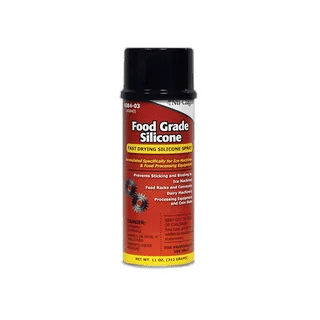
Introduction: Why Food Safety in Materials Matters
In a modern world where people are becoming more conscious about the dangers of health hazards of the products they consume on a daily basis, the safety of the materials in food is more than ever before. Whether it is kitchenware that comes in direct contact with our meals or infant products that come into direct contact with delicate skin, the nature of materials we use can have a direct effect on well-being. Being an experienced silicone manufacturer, who has been working in Dongguan Haotian Silicone Technology Co., Ltd. over the years, I have observed the work of food-grade silicone, which is a safe, non-toxic product and is transforming industries.

Food-grade silicone is silicone elastomer that is designed to be of high purity to be in contact with food, beverage and even medical use safely. It is commonly employed in bakery mats, bottle nipples and medical tubing due to its inertial nature since it does not seep out problematic chemicals or cause food to taste bitter. We shall discuss as to why silicone is considered food-grade, relevant safety certifications, silicone compared to such alternatives, and what it can do and where it will find use. At the end, you will know why it is the choice of the manufacturers, who value safety and compliance more than ever, and should, in particular, given the global requirements of the world that are growing stricter.
Section 1: What Is Food-Grade Silicone?
Food grade silicone is a synthetic polymer that is composed of silica (sand), oxygen, carbon and hydrogen, forming a flexible and rubber-like substance, which is naturally stable and non-reactive. Food grade silicone, unlike the general-purpose type, is heavily purified to remove impurities and is therefore safe in direct contact with food. It is also important to mention this food-grade silicone difference, which does not make it just any silicone, but a form of silicone that has been verified to correspond to high-health standards, thus being odorless, tasteless, and free of harmful additives, including BPA, phthalates, and heavy metals.
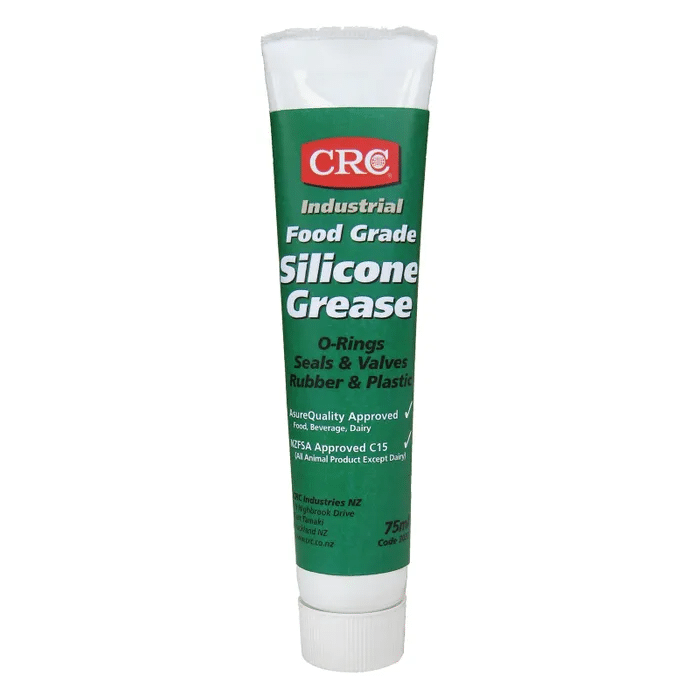
The food-grade silicone material composition begins with the high-quality raw silicones which are polymerized and vulcanized in controlled conditions to create the durable products. This purity is central to our manufacturing process, which uses platinum-cured silicones which do not use volatile organic compounds (VOCs) to avoid. This material is commonly called FDA-approved or LFGB-certified; it is made to endure repeatedly the extreme heat and cold, as well as laundry, cleaning, without harming or removing impurities of stains. In the case of such industries as kitchenware and baby products, this safe silicone compound provides a sense of security, as it does not harbor bacteria and does not retain flavors unlike the less sophisticated ones.
Section 2: Safety Certifications and Standards

The reputability of food-grade silicone has its foundation in safety certifications, which offer provable evidence that the raw material is not going to be a health hazard. The most noticeable is the FDA (U.S. Food and Drug Administration) certification as per 21 CFR 177.2600, which is a test of extractables, i.e.: does not yield any harmful substances in food during contact, not even at high temperatures. LFGB (Lebensmittel-, Bedarfsgegenstande- und Futtermittelgesetzbuch) in Europe is commonly more restrictive with odor and taste transfer tests by taste and smell, and volatile migration limit.
Other standards such as the EU Reg.1935/ 2004 are specifications that provide general food contact safety whereas REACH and RoHS control the use of hazardous substances, which satisfies the material with the environmental and health regulations. Other manufacturers such as Haotian Silicone also conform to the ISO9001 as a quality management tool, BSCI and SEDEX as ethical manufacturing tools, making the entire chain of supply chain, including raw material and finished products, to conform to international standards.
Testing is a depiction of the actual usage: samples are subjected to acids, alcohols, and heat to test the migration and the limit goes down to 10 mg/dm2 when dealing with total migration under LFGB. Such an intensive certification of silicone by the FDA and LFGB silicone testing ensures that food-safe silicone standards are maintained, and consumers and businesses have confidence in products that touch food or the skin every single day.
Section 3: Comparing Food-Grade Silicone with Other Materials

On silicone vs plastic safety analysis, food grade silicone is always better since it is non-porous, and therefore the chemical is not leached away unlike plastic, which is likely to leak BPA or phthalates when heated. The rubber, which is usually petroleum-based, may rot and produce odors or allergens and metal may corrode or add metallic flavor.
The food-grade characteristics of silicone that make it resistant to heat, can withstand temperatures between -60degC to +230degC without melting away or releasing toxic substances, are far superior to the melting temperature of plastic materials, which is about 100-150degC, or the hardening effect of cold on rubber. Non light-toxic silicone material also lives on since repeated dishwasher cycles and a night under the sun will not crack it down, and thus creates less waste than brittle plastics or deteriorating rubber. This puts it at an advantage of being a better option in matters of long-term safety in ordinary use.
Section 4: Key Benefits of Food-Grade Silicone
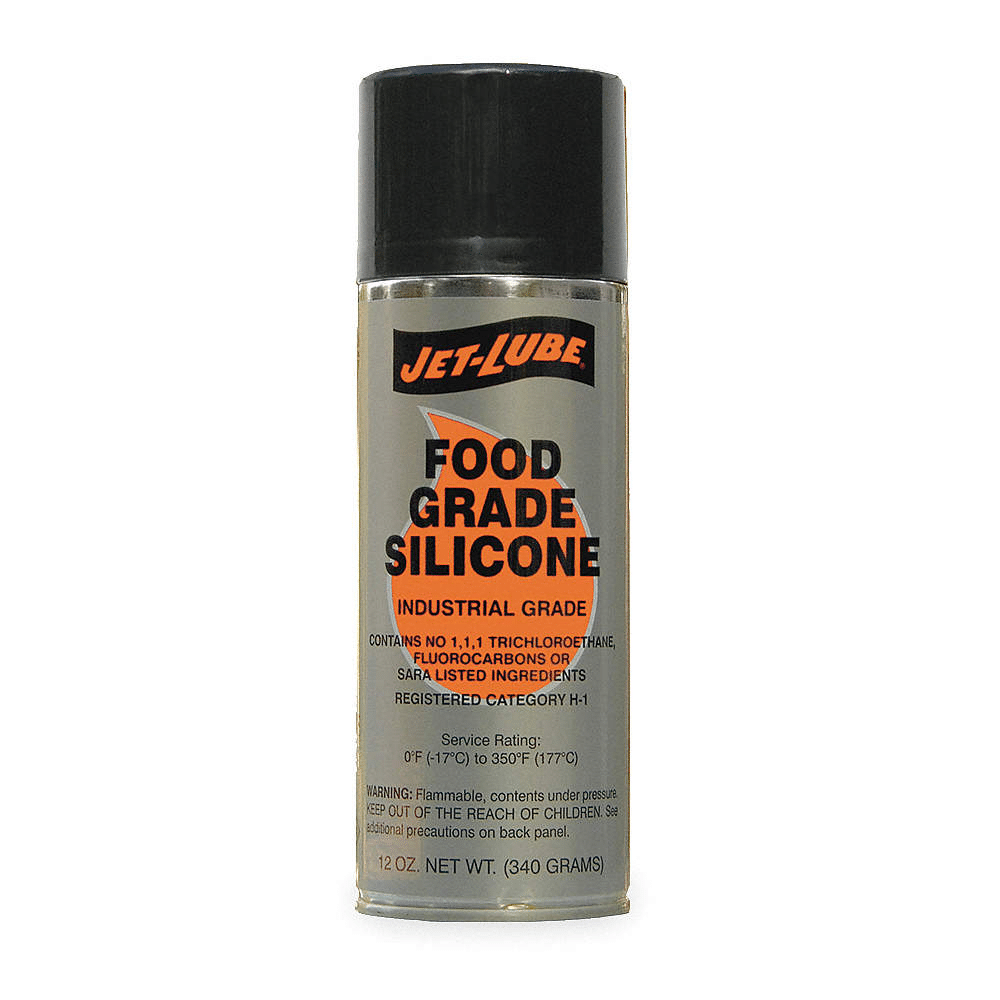
Food-grade silicone does not only have advantages in the safety aspect, but in other practical aspects as well making it undeniably indispensable. First, it is a non-toxic and BPA-free material, which means that there is no chemical that is transferred to food, therefore, it is safe to use in the most sensitive scenarios.
Flexibility and durability imply that it does not tear or deform easily so that it lasts longer than plastic which yellows or rubber which cracks. It is simple to wash as it is dishwasher friendly and non-sticky that avoids the accumulation of bacteria. It is odorless and tasteless, so it does not absorb flavors, so it can be used purely.
Being a green material, reusable silicone will help reduce single-use plastic trash, which is a sustainability-oriented solution but not impairing performance. These features are what make safe silicones on kitchenware a smart choice on quality and health.
Section 5: Applications Across Industries
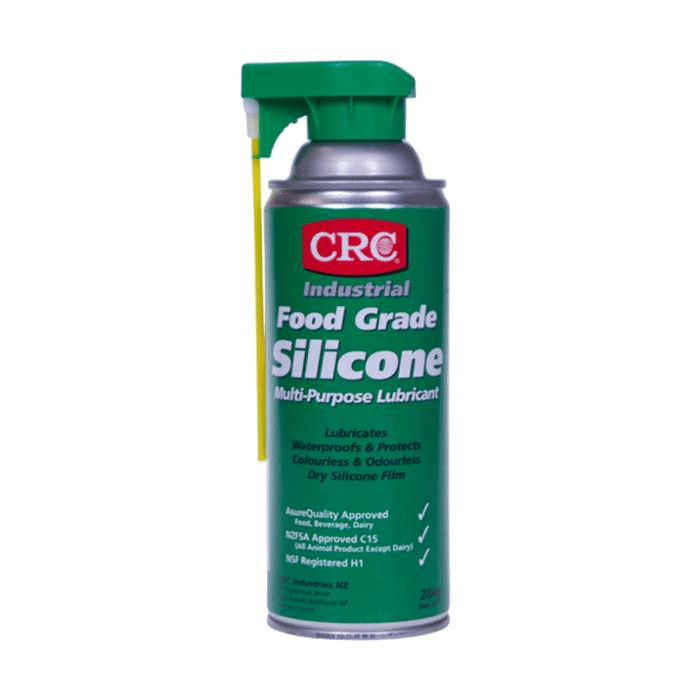
The usefulness of food-grade silicone is evident in the variety of uses it has. When applied to baby products, it is applied as silicone bottle nipples, bowls and bibs, and is soft, safe and non-allergenic.
In the case of silicone kitchenware, it is molded into mats, molds, lids and utensils that do not heat up in the oven and distort. Medical-grade silicone (which may be similar to food-grade standards) is important in the medical sector in use in tubing, seals, and prosthetics because it is biocompatible.
Its insulation properties are used even in electronics to insulate the components that require materials that are not toxic and have the ability to withstand heat. Such applications highlight the use of silicone being a safe and innovative design.
Section 6: How to Identify Real Food-Grade Silicone
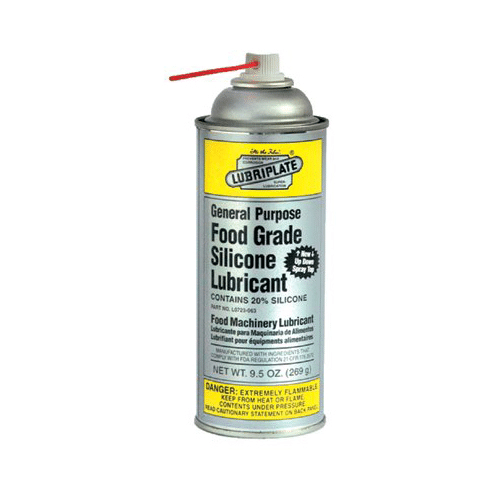
It is easy to determine the presence of real food-grade silicone by conducting some tests. Identify obvious marks, such as FDA or LFGB marks, and demand test reports by manufacturers. Authentic ones have no smell, do not stretch and whiten (have no fillers), and are smooth and homogeneous.
The food grade silicone testing directions include pinch test: twist it, then it becomes white, it could have fillers, real silicone is always clear. Established silicone producers are transparent, although be careful of any imitations that are not uniform in colour or have intense odours and may have dangerous additives.
Section 7: The Future of Safe Silicone Manufacturing (2026 Outlook)
The safe silicone manufacturing of the future is focused on sustainability and new trends such as bio-based silicones and recyclable processes will lead to a lower impact on the environment. To cater to these requirements, companies such as Dongguan Haotian Silicone Technology Co., Ltd. are investing in sophisticated multi-color molding as well as green silicone production, and they are in compliance with the requirements, yet innovate towards a cleaner future. As the pressure on ESG increases, silicone is poised to dominate on safe and sustainable materials.